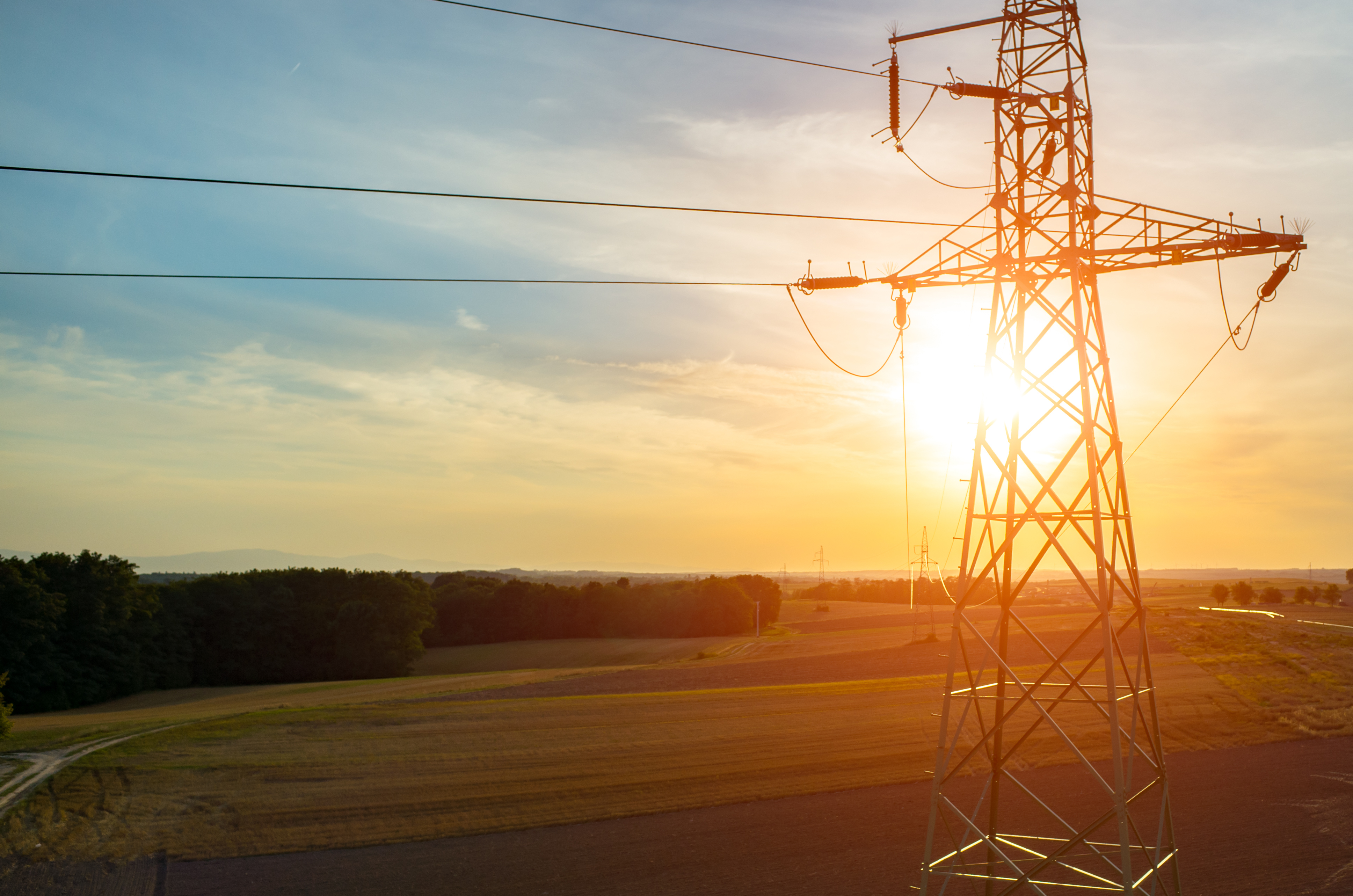NEC Article 230, Services

By: Dave Varga | Jun 04, 2022
NEC Article 230, Services, covers service conductors and equipment for control and protection of services. With the use of Article 100, Definitions, and the ten pages of Article 230, it is fairly easy to navigate and understand “Services.” Let’s take a closer look at Article 230 and the 2020 Code changes.
Definitions
Any definitions needed for services can be found in Article 100, Definitions. “Services” is a general term referring to the conductors and equipment of an electrical service. In order to properly identify the specific parts of an electrical service we must use a more specific definition. Example, where the utility company connects to the premises wiring (service entrance conductors) is called the Service Point. The utility companies’ overhead conductors to the Service Point is called the Service Drop. The conductors from a utility ground transformer to the Service Point are called the Service Lateral. Definitions for Service Equipment, Service Conductors, and more can be found in Article 100.
Services
Article 230 is broken down into eight parts. Using the Table of Contents or Figure 230.1, it is easy to navigate the Article.
Part 1, General. Covers items such as the number of services allowed, identification requirements, clearances, and more.
Part 2, Overhead Service Conductors. Contains information about vertical clearances.
Part 3, Underground Service Conductors. Pertains to underground installation requirements.
Part 4, Service Entrance Conductors. Contains information about the number of service conductors, minimum sizes, ampacity, wiring methods, and much more.
Part 5, Service Equipment – General. Covers enclosed or guarded equipment, marking, and surge protection.
Part 6, Service Equipment – Disconnecting Means. Covers means provided to disconnect all ungrounded conductors from service conductors.
Part 7, Service Equipment – Overcurrent Protection. Covers requirements for overload protection.
Part 8, Services Exceeding 1000 Volts, Nominal. Covers instances where service conductors and equipment exceed 1000 volts, nominal.
Code Changes
In the 2020 NEC there are not many changes to Article 230. There a few new sections, such as Section 230.62(C), Barriers. Barriers shall be placed to provide protection from busbars and terminals in service equipment. Section 230.66, Marking, has two new subsections: Subsection 230.66(A) General, says that service equipment under 1000 volts shall be marked to identify that it is suitable for use as service equipment. The equipment can also be field evaluated to be found suitable for use as listed service equipment. Subsection 230.66(B), Meter Sockets, says the sockets must be listed and rated for the voltage and current rating of the service. It also says that the socket is not considered service equipment. If you read the definition that is correct.
Major Code Changes
Section 230.67, Surge Protection, says that all new and replacement services supplying dwelling units shall be provided with a Type 1 or Type 2 surge protection device (SPD). The surge protection device can be an integral part of the service equipment or be located immediately adjacent. Section 230.85, Emergency Disconnects, says that there must be a readily accessible disconnecting means located outdoors on all one- and two-family dwellings. These disconnects must have a short-circuit rating equal to or greater than the available fault current. The service disconnect must be marked EMERGENCY DISCONNECT or SERVICE DISCONNECT. See Section 230.85(1), (2), or (3) to see how it applies to various installations.
Keep Up With the Code
Each state requires a minimum amount of continuing education hours for license holders. These hours can be obtained at www.jadelearning.com for license holders and non-license holders. Keep up with Code changes by training with JADE Learning!

